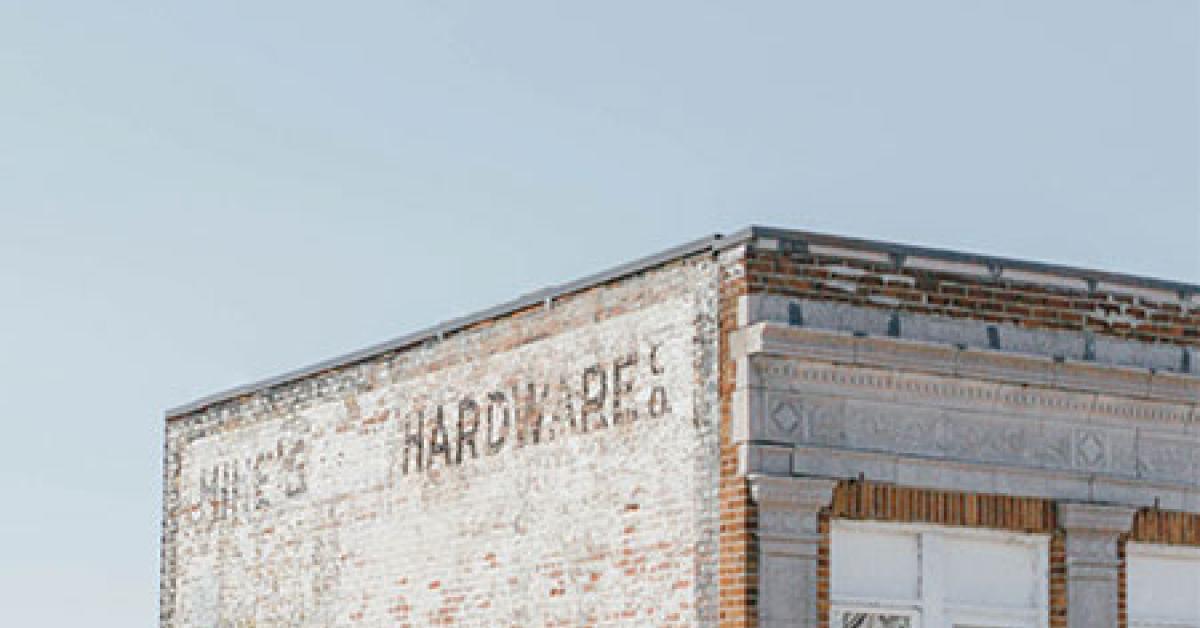CHICAGO — Call it being a good neighbor. Call it a smart business arrangement. Whatever you call it, it’s where service meets opportunity. Three drycleaning owners show how they are breaking down the conventional “walls” of what are accepted as stereotypical business parameters to reach out and “partner-up” in new ways, serving new markets and, in the process, “be there” for customers like never before.
“All the deals are handshake deals,” he says.
The phone line crackles. The connection isn’t the best. And he is pressed for time so the answers are kept short.
“We’re known as a good, stable business.”
The voice is coming out of a “well” over the line. Then the echo goes away.
“The handwritten note on the front door of the drycleaning store that went out of business some time ago simply says: ‘Go To Hardware Store.’ Which is next door. It’s a smaller community. There wasn’t enough volume to run a full-time cleaners.”
So how does it work, exactly?
“We’ve set up ‘Convenience Centers,’ we call them, in stores in small towns. No staff. No labor.
“For instance, we pick up three days a week from the hardware store manager, who accepts the drop-offs.”
Dennis Schmitt and wife Patti own Green Bay, Wis.-based Lindeman’s Cleaning, a full-service dry cleaner, which they bought from the son of the original owner in 1998. It was first established in 1951.
Schmitt mentions how these opportunities came about: “Lindeman’s Cleaning partnered with some other businesses in the surrounding communities. We were asked by them to extend drycleaning services to their customers in such businesses like grocery stores, hardware stores, men’s and women’s clothing stores.”
Some are more successful than others, he explains: “The success of these partnerships comes down to the beliefs of the owners that the additional services are important to their customers. When that happens, the convenience center is viable.”
Store owners and managers like the arrangement, Schmitt notes, “because it’s another draw to their business.”
In another example, he points out, “at Gentleman’s Quarter, a clothing store in another town, we get new customers all the time. Again, there wasn’t enough volume for a full-time cleaners in that town so we have another convenience center set up. The owner handles the pickup and drop-off. The store gets a percentage of the revenue.”
He says the clothing store owner loves it. There’s a collection bag his cleaners provides that the customer uses after signing up. “It’s easy,” Schmitt relates. “All the knowledge is by phone call and credit card.”
“Did anything surprise you, in a positive way or challenging way, during or after going into partnership?”
“The biggest surprises were that the owners who embraced these partnerships have done well with consistent new customers into their store.”
American Drycleaner asked Schmitt to give a few helpful tips to readers thinking of partnering.
“The biggest thing that needs to be done is understand the community in which you are located, from the type of business you are, the dollar values of the households, and the convenience and quality of other dry cleaners,” he says.
But this isn’t the only method to break down conventional walls and reach out in new ways.
Check back Thursday for the conclusion.
Have a question or comment? E-mail our editor Dave Davis at [email protected].

